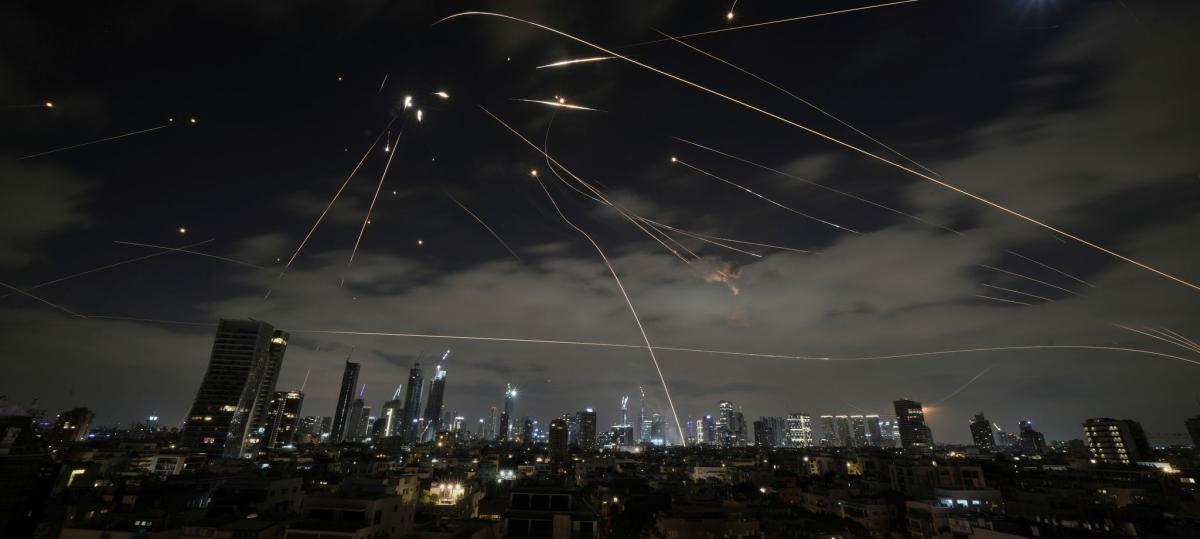Iranian nuclear plants hit by Israel – satellite photos – BBC News in Serbian

Satellite images Two different companies show damage to nuclear facilities across Iran.
The BBC team for determining the facts checked photos and can confirm that they are credible.
Israel is 13. June attacked Iran to rockets and drones.
« We hit the heart of the Iranian nuclear program. We targeted the main uranium enrichment plant in Natanus.
« We also hit the heart of the Iranian ballistic missile program, » said Prime Minister Netanyahu in video message 13. June.
Israel killed more nuclear scientists.
Israel says he performed preventive shocks on Iranian nuclear plants because he believes that Tehran was just a few months away from making an atomic bomb.
Iran has denied a real atomic bomb for years, but that its uranium enrichment program is intended for civilian energy production.
In the first wave of attacks in Iran 13. June, Israel hit Nuclear Natanz, as well as a rocket base south of the city of tabris.
Additional recordings show damage and on other famous rocket bases.
Israel continues to shoot numerous locations across Iran, which is caused a return attacke.
The newlyjected and satellite images of Maksar provide the clearest display so far what happened in key Iranian nuclear locations in Natanza and Isfahan.
According to the Analysis of the Institute for Space and International Security (ISIS), damage to the pilot fuel enrichment plant and on the electric substation can be seen in Natanus.
This fits with the earlier analysis of radar shots, which first indicated the damage.
Rafael Grosi, Director of the International Atomic Energy Agency (IAEA), 13. June before the Fuel Council is « destroyed by the fuel crippling pilot plant, where Iran produced uranium enriched up to 60 osto U-235 ».
The uranium-235 is also key to nuclear power plants and for making nuclear weapons.
At the recordings soon after the attack, whose credibility was confirmed by the BBC, there are several smoke poles that rise from the location.
Jastin Bronk from the Royal Institute for United services (Russians) said for the BBC that form explosions, although not final evidence, « corresponds to the use of penetrating bombs, probably GBU-31 (V) 3 or even specialized GBU-28 ».
These killing funds, known as « Bunker Buster » Bombs, was already used for attacks on underground facilities, primarily tunnels in the Gaza and Lebanese belt, where a military-political group of Hezbolah operates.
However, Gross said that « there are no obstacles to the physical attack on the underground hall with cascades in the pilot plant and the main fuel enrichment plant ».

Natanz before the attack

Natanz after the attack

The International Nuclear Energy Agency confirmed 14. June that four « critical buildings » were damaged in Isfahan, including the uranium conversion plant and a fuel plate factory.
The BBC Analysis of the latest Maksa shots shows visible damage to at least two structures in Isfahan, as well as fire damage near the rim of the complex.
The UN Agency announced that there was not a « rise in radiation outside the locations » NI NATANZA NI in ISFAHAN.
Isfahan before the attack

Isfahan after the attack

Maksar has published shots of two more key Iran nuclear sites on which there were no visible signs of damage: a heavy water reactor in Arak and enrichment plants in Ford.
The Iranian media previously reported that Ford’s was the target, but the Israeli forces subsequently denied that.
Shots and analysis that is 13. June made Umbra Space They show damage to multiple parts of a rocket complex near tabris, on the northwestern Iran.
Piranshar plant before attacks

Piranshar plant after attack

Base of Iranian Revolutionary Guards in Gadir before attacks

The Base of Iran Revolutionary Guards in Gadir after attacks

Follow us on Facebook, Twitter, Instagram, Jutjubu and Vajiberu.
If you have a topic suggestion for us please contact (Email Protected)







